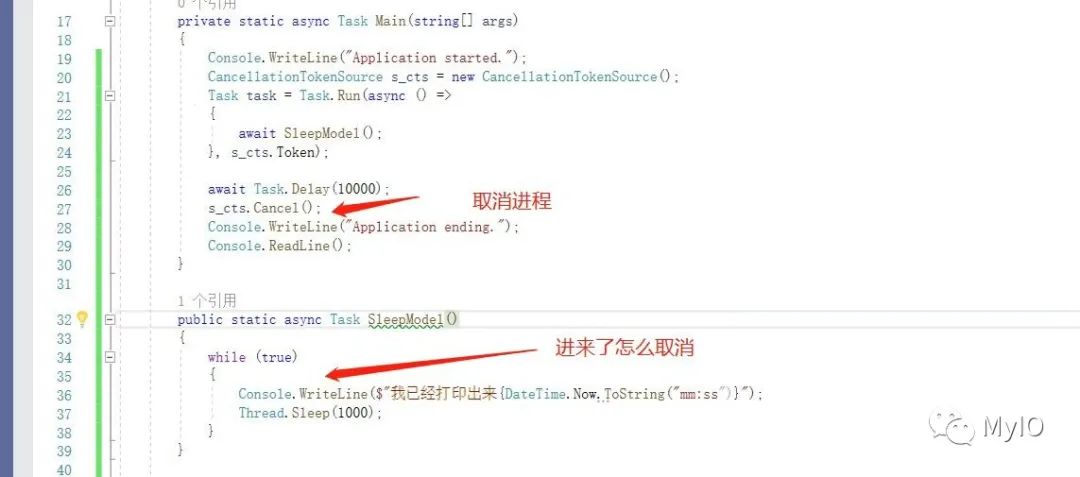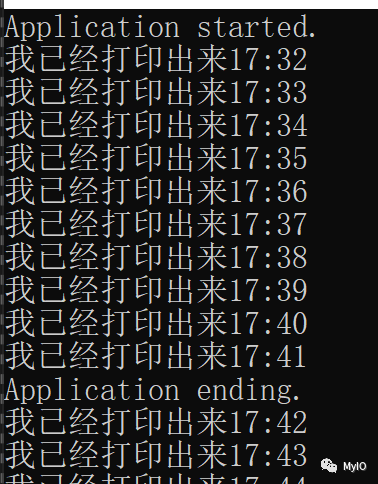前言
在群里看到有人问如何取消这个 Task 的执行:

实际上这并不会取消S1eepMode1方法的执行:

这是为什么呢?
原因
首先,让我们看看s_cts.Cancel()都做了啥:
public void Cancel() => Cancel(false);public void Cancel(bool throwOnFirstException)
{ThrowIfDisposed();NotifyCancellation(throwOnFirstException);
}private void NotifyCancellation(bool throwOnFirstException)
{// If we're the first to signal cancellation, do the main extra work.if (!IsCancellationRequested
&& Interlocked.CompareExchange(ref _state, NotifyingState, NotCanceledState) == NotCanceledState){...}
}实际上,Cancel方法仅仅是将变量_state的值改为NotifyingState。
那Task.Run传递s_cts.Token又有什么用呢?
public static Task<TResult> Run<TResult>(Func<Task<TResult>?> function, CancellationToken cancellationToken)
{if (function == null) ThrowHelper.ThrowArgumentNullException(ExceptionArgument.function);// Short-circuit if we are given a pre-canceled tokenif (cancellationToken.IsCancellationRequested)return Task.FromCanceled<TResult>(cancellationToken);...
}原来,是在创建 Task 前先检查令牌是否已经Cancel,以便快速终止。
那么,到底怎么才能Cacel已创建的Task呢?
实现
其实,Task.Run的方法实现已经告诉我们正确的解决方案,那就是判断cancellationToken.IsCancellationRequested:
public static async Task S1eepMode1(CancellationToken cancellationToken)
{while (true){if (cancellationToken.IsCancellationRequested)return;...}
}另外,也可以采取抛出异常的方式:
public static async Task S1eepMode1(CancellationToken cancellationToken)
{while (true){cancellationToken.ThrowIfCancellationRequested();...}
}示例应用程序并不会捕获到这个异常,相关问题可以看我以前的文章《如何保证执行异步方法时不会遗漏 await 关键字》
结论
在创建 Task 时请记住,即使你执行了令牌取消操作,也并不意味着 Task 会停止运行。
添加微信号【MyIO666】,邀你加入技术交流群


了解基本数组还不是那么简单)
)



...)
C语言二维数组与循环嵌套)






C语言的指针原来是这样)



